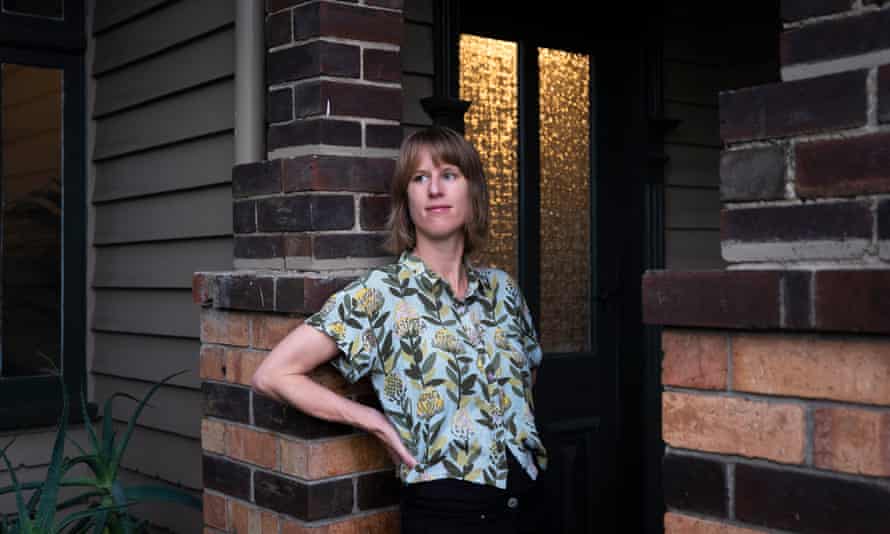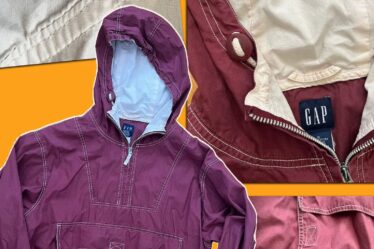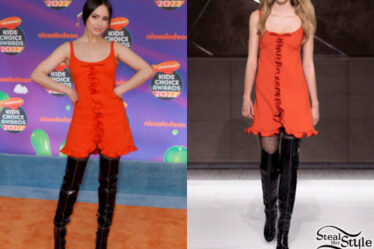
Images and Article from www.theguardian.com.
As a young girl Lauren Burns told a friend that if they climbed high enough and jumped, they’d be able to fly. When their experiment failed, her friend protested that it didn’t work.
“It didn’t work … this time,” Burns corrected her.
Burns has been questing at the forefront of flight ever since. When she was 14 her father drove her to Essendon airport for her first flight. Two years later she made her first solo flight, before she could drive a car. She wanted to be an astronaut, the first person on Mars.
She was a star aeronautical engineering student at RMIT when, at 21, her mother sat her down to break some news that would send her on another quest entirely: into the inner space of her own cells and the missing genetic information they contained.
Her mother told her she’d been conceived via a donor. The man she called “dad”, who’d trained her to be a star athlete and given her flying lessons, was not her biological father. Utterly stunned, Burns could not process the news.
“It had wounded me in a place I couldn’t locate,” she writes in Triple Helix, her memoir, published this week. “Stuck between a shattered old and undefined new reality, daily life felt like watching a movie on a screen.”
In the 16 years since that moment, Burns has been fighting for the rights of donor-conceived children while searching for her own biological truth. Along the way the aeronautical engineer gave up on Mars but instead now lives on the south coast of Victoria with her partner Gerry and their 10-month-old daughter, working remotely for a Swedish company intent on building the first electric aircraft.
Writing her book has been instrumental to her quest for identity: “I wanted to go deep into the complexities. Why did I need to know who my father was? This was the question I kept getting asked in all my advocacy. I have a unique perspective on donor conception. I wanted to flip the script from parent to donor-conceived child.”
She succeeds. In Triple Helix, Burns writes her experience as a donor-conceived person, supplanting the old narrative from the parents’ point of view, which ends happily ever after with the new parents holding their “miracle baby”.
That first generation of donor-conceived babies are now adults and they’re speaking out, calling for recognition and a child-centred paradigm.
Following her mother’s shock announcement, Burns was determined to discover the identity of her anonymous sperm donor. She spent the next four years battling the medical, legal and political establishments that kept him hidden.
In 1988, Victoria had passed world-first legislation allowing donor-conceived people to apply for information about their donors. But the legislation only applied to children conceived after 1988. This excluded Burns.
Nevertheless, she went searching for her biological father, and she found herself up against an establishment of male doctors, lawyers and politicians. Undaunted, she conducted her investigation with the sleuthing skill of a crack detective and the protean talent of an actor, switching from avenger to demure young woman depending on her opponent.
After four years she discovered that the key to her genetic inheritance was held by one man and his conscience, David de Kretser, the new governor of Victoria. Seeing de Kretser on television had jolted her mother’s memory: she recognised him as her treating doctor for Lauren’s conception.
It was her last shot; Burns appealed to de Kretser to contact her donor father on her behalf.
Fortunately for Burns, de Kretser complied. In August 2009 Lauren received a letter from her biological father, Benedict Manning Clark, youngest child of acclaimed historian Manning Clark and linguist Dymphna Clark.
“It was a fascinating but not always easy experience,” she says. “Like finding a mirror for many of my looks, personality traits and interests, triggering a paradoxical sense of connection and disconnection.”
Discovering the identity of her biological father was a great joy – and a new emotional minefield.
Her book gave her the space to explore this emotional terrain and the evolution of her journey. “Who is the ‘real’ father? I wanted to crack the binary of biological and social father and show it’s a continuum.”
Burns had no words to express her radically isolating emotional tumult – until she met Narelle Grech, a donor-conceived woman who became her mentor and ally.
“My political advocacy began aged 24 through my experiences dealing with so many old white men. It was hard to connect with them and activate their empathy. Why were architects of this system all men? I felt a huge sense of powerlessness and burning inner rage. Why is it this way? Until someone can describe it in words, it was hard to know why I was so angry. Questions I didn’t even dare to ask myself Narelle put words to.”
Grech introduced Burns to TangledWebs, an advocacy group for donor-conceived people and Burns joined the battle to overturn the 1988 law that withheld donor information from donor-conceived people born before 1988, like Grech and herself.
Her fight was fuelled by Grech’s death in 2013 from genetically-inherited bowel cancer, just six weeks after meeting her biological father who carried the recessive gene. In 2016 the Victorian parliament finally passed legislation to allow all donor-conceived people access to information about their donor parents. They called it “Narelle’s Law”.
Exhausted after her arduous 12-year battle, Lauren took a holiday with Gerry in Kakadu. They knew something had to give when she climbed a plateau and screamed “FUCK!” into the void.
“I swore a torrent of rage into the abyss. It was very cathartic,” she laughs down the phone. They decided to leave their jobs and travel around the United States in a campervan for nine months.
“That time enabled me to process and digest in order to write the book. It allowed me to build my awareness, slow down and become really aware of the moment. And it reawakened my love of writing which had been dormant for 15 years.”
Burns weaves this trip into her memoir, inspired by Zen and the Art of Motorcycle Maintenance, which mixed “heavy investigative sections with meditative and contemplative sections”. The rivers, canyons and mountains they traverse provide rich material for her to evoke the absences and complexities of her experience:
The landscape thrummed with strange new possibilities as the canyons branched in fractal patterns, like the structure of some giant brain. The architect of this immense splendour was the humble raindrop and I was struck by the irony that the desert is most shaped by the thing it lacks – water. Much of my life had been shaped by what was missing from it, too.
Despite the “triple” of the title, the book is divided into four “Circles” to evoke a spiral, including the DNA double helix. “The spiral is a symbol that endlessly spins around itself, reflecting the infinite journey in donor conception. It’s never over. It’s a dynamic process. The book’s called Triple Helix but there are four circles. It’s deliberate, to show that things don’t quite fit. My life is like dancing to two songs simultaneously, it doesn’t quite fit,” she says.
“But there are moments of transcendence. Despite all the obstacles I faced, how do you transcend your limited circumstances? These are existential questions that everyone faces: who am I? What do I do with my limited time? A question really brought into focus by Narelle.”
In 2019 Burns was called back to the frontline of advocacy and is now a director of Donor Conceived Australia (DCA), a new peer-led national body advocating for a child-centred system. She’s now focused on the bigger picture: the socioeconomic structures that drive demand for donor gametes and surrogates in the first place.
She also wants to continue with her writing. A big moment for her was recasting herself and her identity in relation to her biological father and the realisation she came from a family of writers.
“That moment when I visited my aunt Katerina in Connecticut and was looking for a book, I saw shelves full of Clark literary output. It gave me confidence that writing was something to do. It was a weird moment of life imitating art imitating life.”
Triple Helix by Lauren Burns, published by UQP, is out now
Article shared from www.theguardian.com



